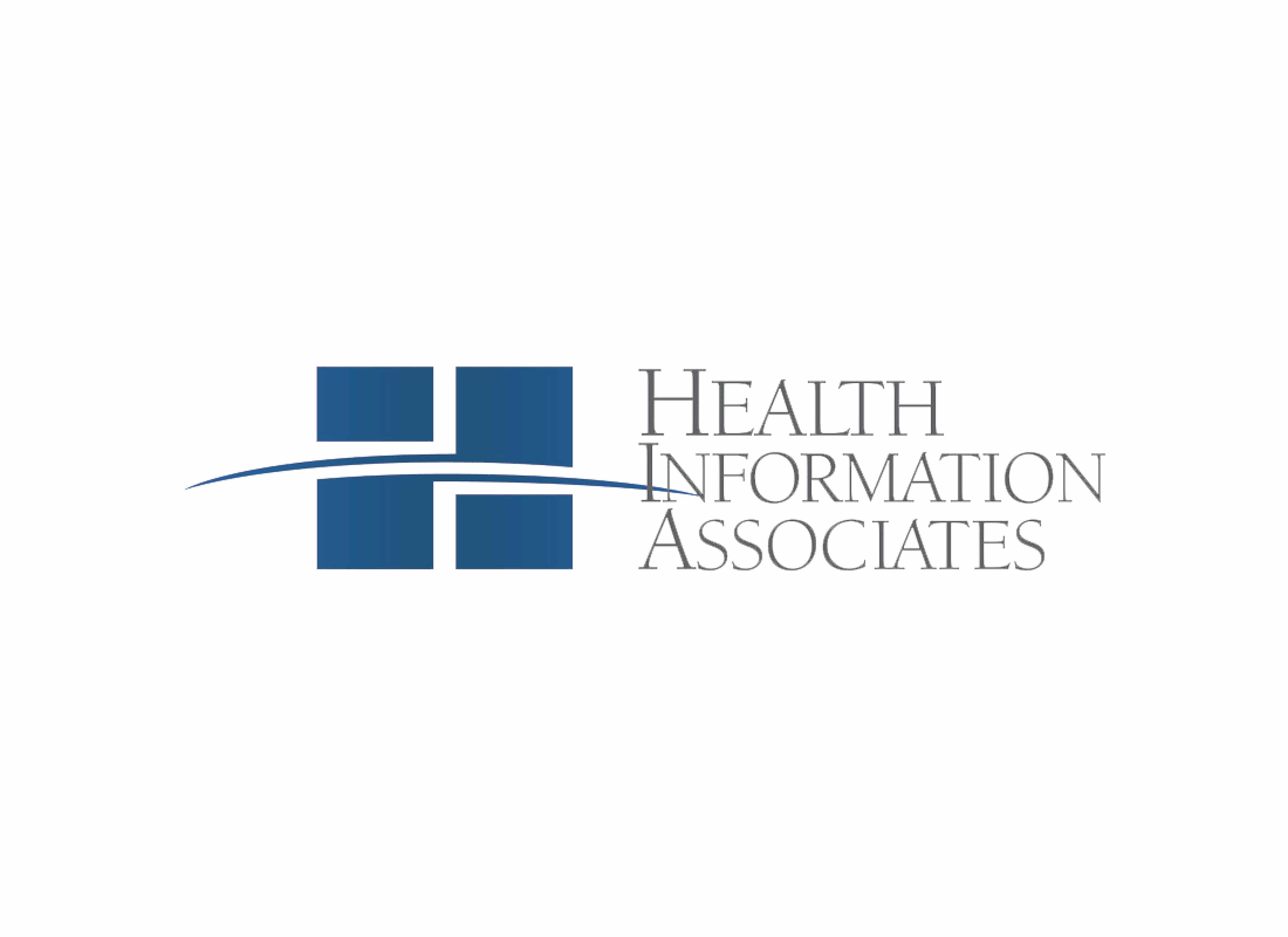Advanced Practice Provider (APP) (formerly non-physician practitioners (NPP))
With more and more insurance companies credentialing Nurse Practitioners and Physician Assistants, it is becoming increasingly important to stay on top of documentation requirements and to know what is required under your insurance company contracts. There are several ways to bill based on documentation and services provided.
The impact of incorrect reporting of the service provider and/or service provider’s NPI could result in an overpayment or an underpayment for services rendered.
Definitions:
- Service Provider: The individual who provided the service.
- Billing Provider: The provider for which services rendered will be reimbursed.
Types of APP Billing Scenarios:
- Direct Billing: Suggest the carrier credentials APP’s and accepts Claims submitted under the APP’s NPI.
- Indirect Billing: Suggest the carrier does not accept Claims submitted under the APP’s NPI and requires Claims submitted under the MD’s NPI. The Claim will include data identifying the Service Provider’s NPI and the Billing Provider’s NPI.
- Incident-to Billing: Incident to services are services provided in a physician’s office (place of service 11) where the APP is rendering services based on an existing service plan initiated by the MD. These basic criteria suggest new patients, new problems, or a change in the existing service plan would not be reported under incident-to billing criteria.
If all criterion is met and supported by the documentation, incident-to services can be submitted for reimbursement under the APP or MD’s NPI.
- Shared Visit Billing: Shared/split billing is for services provided in hospital inpatient/outpatient, observation, and emergency department settings when both the physician and an APP of the same group provide a face-to-face, medically necessary encounter with the patient on the same date of service, document a substantive portion of an E/M service, and sign the work they each performed.
If all criterion is met and supported by the documentation the service can be submitted for reimbursement under the MD’s NPI.
Organizational Impact:
It is important to know what each Health Plan requires for Claims submitted under the above scenarios where APP’s are involved. For example, Medicare reimburses MD services at a different rate than APP services – APP reimbursement is typically paid at 85% of the Medicare Physician Fee Schedule (MPFS). Preventing improper payments (by submitting an incorrect NPI) will require ongoing monitoring and evaluation of documentation and internal organizational processes.
https://www.cms.gov/Regulations-and-Guidance/Guidance/Transmittals/downloads/R178CP.pdf
The information contained in this coding advice is valid at the time of posting. Viewers are encouraged to research subsequent official guidance in the areas associated with the topic as they can change rapidly.




